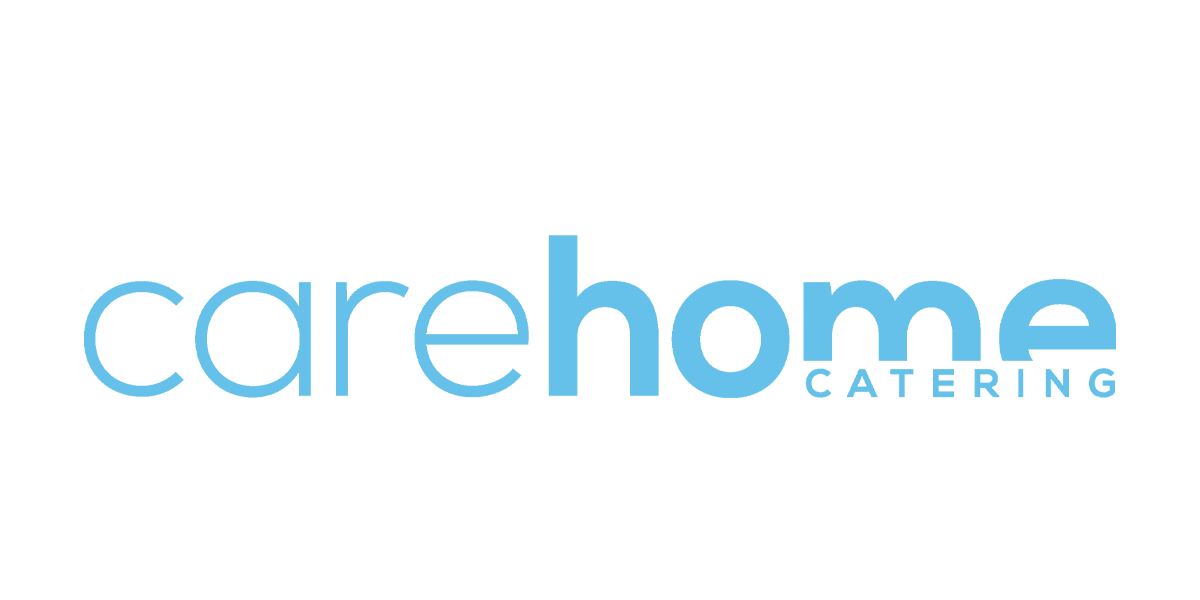Advice on catering for vegan residents
We asked Amanda Woodvine, chief executive of Vegetarian for Life, for her advice on how to create a vegan menu that is filled with both nutrients and variety.

We asked Amanda Woodvine, chief executive of Vegetarian for Life, for her advice on how to create a diverse vegan menu that is packed with nutrients.
What advice would you give to any chef who may be feeling nervous about catering for a vegan resident for the first time?
If you feel slightly nervous having not catered for a vegan before, take this as a positive sign that you are not complacent and want to meet your residents’ needs. Have faith that you are a chef with transferrable skills and knowledge. The key is in the preparation – have all of your ingredients ready and get creative with them.
Also, plan a meal just as you would for anyone else. Make sure that there is a good source of protein and carbohydrates. Vegetarian for Life produces a free Vegan Rescue Pack containing lots of useful tips.
A common mistake is to take a meal such as a Sunday roast, remove the meat and end up serving some boiled vegetables and roast potatoes, which does not add up to a well-balanced meal. Ask yourself whether you would be happy if someone served that to you?
Where should the chef begin?
Do some research to understand what a vegan resident will and won’t eat. Think about the basics; good nutrition, excellent presentation, a range of ingredients and talk to the people that you are catering for. What do they want to eat?
In addition, review your current menus and recipes. You might find that some of your dishes are vegan already. Try to modify some of your favourite dishes by swapping out ingredients such as mince for vegan alternatives like Quorn.
Do check your wholesaler’s website as well. There may be some new vegan ingredients that you can order. Because of increasing demand, wholesalers are always adding a wider range of vegan ingredients and dishes.
Also, see what beans and pulses you have in your store cupboard, and check other dry store items to see whether or not they’re vegan. You could always get yourself booked on a Vegetarian for Life care caterer training course too, and learn the basics of catering for your vegan residents.
How easy is it to provide vegan dishes?
With a little planning it can be easy. But remember, no one wants to eat tomato pasta every day. Make sure that your cupboards have some key ingredients. A top ingredient for Vegetarian for Life’s chefs is nutritional yeast, which provides a nutty and cheesy flavour, and is often fortified with B vitamins. It can be easily used in soups, stews, sauces and casseroles.
Simple, wholesome foods such as cottage pie, curry, pies or chilli are reassuringly easy and can be made vegan with a few simple changes. Also, swapping dairy for dairy alternatives is easy, and they are readily available in supermarkets and wholesalers.
How can chefs ensure that they are giving vegan residents the right amount of nutrients every day?
Vegetarian for Life has just released a British Dietetic Association endorsed guide, entitled Nutrition for Older Vegetarians and Vegans, which will be invaluable to care home caterers. The guide contains answers to frequently asked questions, such as how to stimulate the appetite or boost nutrient intake, and reveals good sources of protein for those on soft or puréed food diets. It is also a good idea to follow the Vegetarian Eatwell guide to provide a varied, balanced diet, choosing vegan proteins and alternatives to dairy.
People always ask about protein when it comes to a vegan diet. Protein deficiency is rare, but it’s important to include good sources of protein in every meal, such as beans, lentils, chickpeas, tofu or vegan alternatives to dairy.
Alternatives can include soya drinks and yoghurts. These can also be used to fortify food if needed, as well as items such as peanut butter. Provide at least five portions of a variety of fruit and vegetables every day, and base meals on potatoes, bread, rice, pasta or other starchy carbs. Choose wholegrains when appropriate. Finally, use unsaturated oils and spreads.
Is it worth encouraging non-vegan residents to have vegan meals on a regular basis?
Ethical and environmental issues to one side, vegan dishes can be, with your skill as a chef, delicious, nutritious, seasonal, fun and a pleasure to eat. Many meat eaters may not wish to eat meat every day, and some older people may struggle to chew and digest it. So, offering vegan options could be preferable for residents, and even save you, the caterer, money.
There may also be health benefits because a well-balanced vegan diet may protect against certain cancers and is linked to a lower risk of heart disease.









